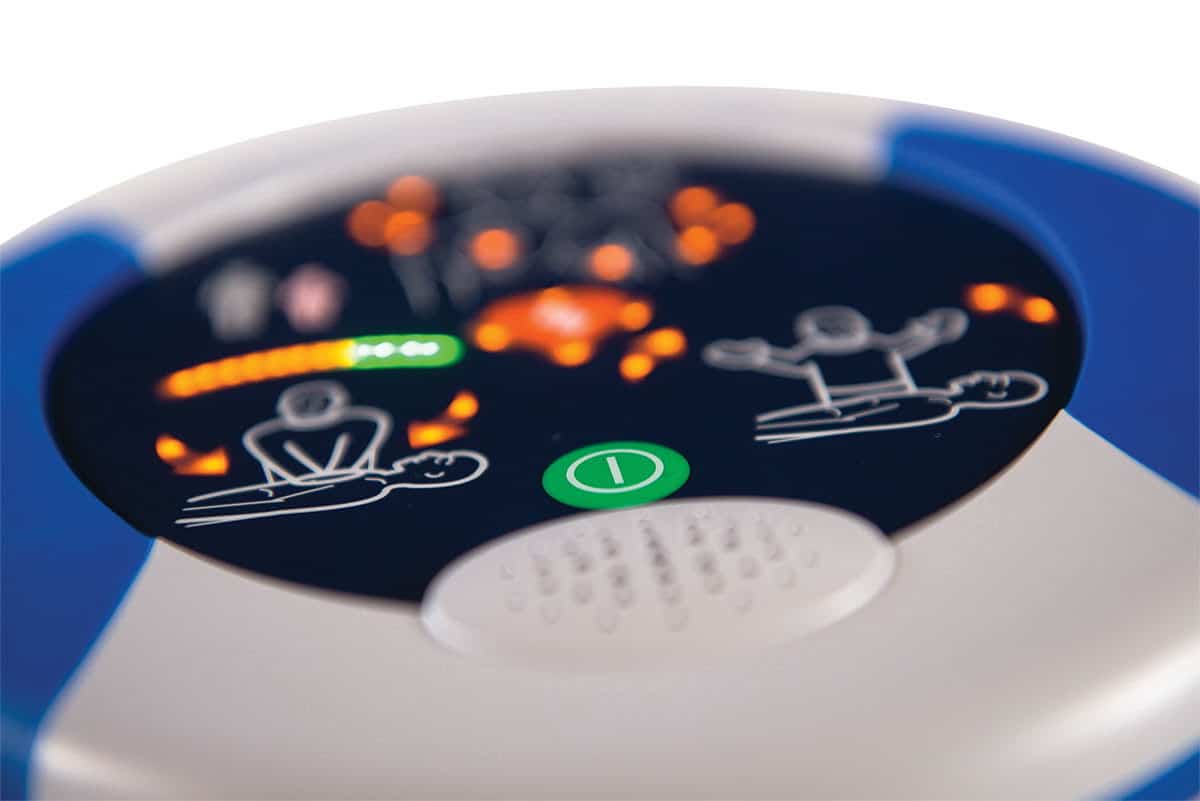
Recent coroners findings in a case in Western Australia have lead to the recommendation that all registered training organizations like International Paramedic College who provide the nationally accredited course Provide First Aid HLTAID003 consider and, if appropriate, incorporate the principles in Professor Rogers’ guide into the knowledge content of the training they deliver with respect to providing first aid for hyperthermia.
Just to give you some background
On the 6 February 2019 the Inquest into the Death of Torran Jake THOMAS by Coroner King found a 15 year old young man was playing Rugby League on a warm summers evening at the time of his death. He was overcome with heat stroke at the scene and was provided with first aid prior to transport by ambulance to hospital where he died from multi-organ failure.
Among other things the quality of the first aid administered and the general training in hyperthermia came under review.
Amongst his findings and recommendations the Coroner found that “had the persons who initially provided first aid to the deceased been trained to readily recognise and appropriately treat heat stroke in line with recent developments in this area, the deceased may have survived” and that “agencies who train first aiders to deal with heat-related illness consider changing the content of the training accordingly”(Coroner’s Court of Western Australia).
Heat stoke has an extremely high mortality rate. This can be reduced dramatically by early recognition and aggresive treatment. Some 3332 deaths have been attrbuted to heat stroke in the USA in a four year period from 2006.
Heat stroke advice for sports trainers and coaches
(From guidance provided by Professor Ian Rogers to the Coroner of Western Australia)
The guidance given by Professor Ian Rodgers to the coroner was recommended for inclusion in the training Registered Training Organisations give in First Aid. As an RTO, we have reproduced this guidance for the information of our students.
Background
Heat stroke is an uncommon but life-threatening complication of grossly elevated body temperature with exercise in heat stressed settings. Whilst heat stroke risk can be minimised by the use of predictive tools (e.g. Sports Medicine Managin the risks of working in heat), the risk cannot be fully eliminated.
Risk is highest with: high temperatures and/or high humidity and/or vigorous activity.
Symptoms and signs
In a heat stressed setting always suspect heat stroke if an athlete becomes acutely unwell or collapses, especially if they don’t recover promptly on lying flat with the legs elevated. Whilst there are many possible causes of such an acute illness or collapse, heat stroke is one of the most important.
The first signs of heat stroke show in the function of the brain and the nervous system.
Look for any of the following: confusion, incoherent speech, abnormal walking, coma or seizures.
The athlete’s skin may feel dry and hot, or sweaty—so the feel of the skin is not a useful sign. Similarly, on-field temperature measurement is unreliable, so don’t use this to rule in or rule out heat stroke.
First aid
If an ill athlete in a heat-stressed setting hasn’t rapidly responded to lying flat in the shade, there is no downside to assuming heat stroke is the problem and starting first aid.
Early recognition and rapid first aid cooling are the keys to recovery from heat stroke.
Actions to take in this order are:
- STRIP the athlete of as much clothing as possible
- SOAK with any available water
- FAN vigorously by whatever means possible—improvise e.g. use a clipboard, bin lid.
When available, cool or ice water immersion is the most effective cooling means possible:
- IMMERSE the athlete up to the neck in a cool or ice bath OR
- COVER all of the body with ice water soaked towels that are changed frequently as an alternative if a bath isn’t available but ice is
- CALL 000 to summon emergency services, but do so once you are certain first aid cooling is being implemented.
Remember it is early recognition and appropriate first aid that is critical to save a life with a casualty suffering heat stroke.
With summer quickly drawing closer, International Paramedic College believes it is timely for us all to review our treatment of heat related illness. Please contact us if we can answer any questions you may have.


The best first aid training should include these recommendations and we should take a moment to reflect and consider that what we are learning in a first aid course can make a valuable diifference, You can have compliance and competence in people trained in first aid. Quality training is contextualized to your workplace with lots of practical scenarios to build skill and confidence in handling a range of first aid scenarios, including heat related illness. Here at International Paramedic College, we take great pride in delivery of quality first aid training which is relevant to the workplace, sporting fields and home. Our reviews speak volumes on our content and unique perspective!
References:
This article is based on infromation from referances provided:
- Coroner’s Court of Western Australia. Inquest into the Death of Torran Jake THOMAS Delivered on 6 February 2019 retrived from https://www.coronerscourt.wa.gov.au/I/inquest_into_the_death_of_torran_jake_thomas.aspx 09/10/2019
- Australia Government Skills Authority:Two important notices for all RTOs delivering first aid related units of competency 18th April 2019 retrieved from https://www.asqa.gov.au/news-publications/news/two-important-notices-all-rtos-delivering-first-aid-related-units-competency 09/10/2019
- Journal of Intensive Care: Hifumi, T., Kondo, Y., Shimizu, K., & Miyake, Y. (2018). Heat stroke. Journal of intensive care, 6, 30. doi:10.1186/s40560-018-0298-4.











